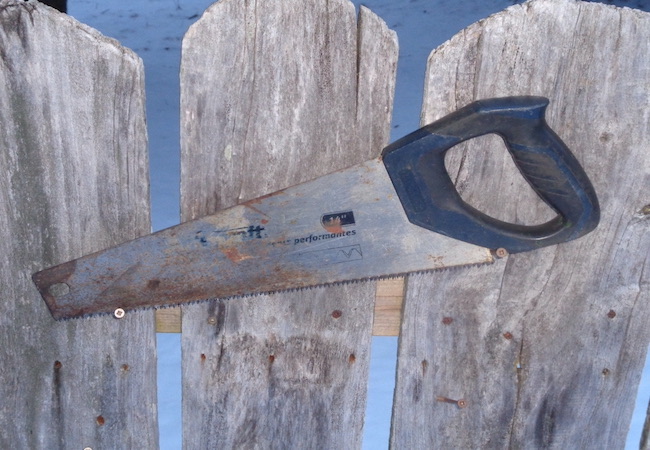A handsaw for woodworking can be used to make cuts in any kind of wood you have, and is often used for exact cuts. You will find it is a must have tool for around your home while working on any wood projects.
Introduction to Handsaws: Understanding the Basics and Types
Handsaws are versatile tools essential for any DIY enthusiast or homeowner looking to enhance their home’s value. They come in various types, such as crosscut saws for cutting across wood grains and rip-cut saws for cutting along the grain. Understanding the distinctions between these saws is crucial for successful projects.
Choosing The Right Handsaw: A Comprehensive Buying Guide
Selecting the appropriate handsaw depends on factors like the type of project, wood density, and personal comfort. Consider teeth per inch (TPI), blade length, handle design, and material. For finer cuts, opt for saws with higher TPI, while coarser cuts require fewer TPI. Evaluating these features ensures a tailored choice for your specific needs.
Safety Tips When Using a Handsaw: Protect Yourself During Projects
Safety is paramount when using handsaws. Always wear safety goggles and gloves to shield against wood chips and splinters. Ensure a stable work surface and a comfortable stance to prevent accidents. Maintaining proper hand placement on the saw’s handle enhances control, reducing the risk of slips or mishaps.
Crosscut vs. Rip-Cut Saws: When and How to Use Each
Crosscut saws are perfect for making precise perpendicular cuts across the wood grain, ideal for trimming and shaping. Rip-cut saws, on the other hand, excel at cutting along the grain, making them great for sizing lumber. Understanding the applications of these saws empowers you to choose the right tool for each task.
Fine Tuning Techniques: Achieving Precision Cuts with Handsaws
Mastering handsaw techniques requires practice. To ensure accurate cuts, mark your cut line, create a starting groove, and maintain a steady pace. Use your non-dominant hand to guide the saw along the line, allowing the saw’s teeth to do the work. Patience and practice lead to cleaner and more professional-looking results.
Maintaining Your Handsaw: Tips for Longevity and Optimal Performance
Regular maintenance prolongs the lifespan of your handsaw. Clean the blade after each use to prevent resin buildup, and occasionally apply lubricant to reduce friction. Keep the saw sharp by using a saw file or professional sharpening service. A well-maintained handsaw ensures efficient cutting and extends its usability.
Handsaw vs. Power Saw: Pros and Cons for Different Home Projects
Comparing handsaws to power saws is essential for choosing the right tool for the job. While power saws offer speed and efficiency, handsaws provide greater control and precision for smaller projects. Deciding between the two depends on factors like project size, work space, and personal preference.
Specialty Handsaws: Exploring Niche Saws for Unique Tasks
Beyond standard handsaws, specialty options cater to specific tasks. Dovetail saws excel at intricate joinery, while coping saws handle intricate curves. Bow saws are ideal for cutting branches and logs. Exploring these specialty saws expands your tool repertoire and allows you to tackle a wider range of projects.
DIY Carpentry Projects: Handsaw Applications for Home Improvements
Handsaws are essential for various DIY carpentry projects that enhance your home’s value. Installing molding, building bookshelves, and crafting furniture all benefit from the precision of handsaws. Learning how to use handsaws effectively opens the door to creating custom, professional-looking additions to your living space.

Handsaw Mastery: Advanced Tips and Tricks for Seasoned DIYers
For experienced DIYers, honing handsaw skills can lead to exceptional results. Experiment with different grips, cutting angles, and techniques to achieve intricate designs and complex cuts. Advanced users can even create dovetail joints, compound miter cuts, and more, showcasing the true potential of handsaw craftsmanship.
Making a Cut: Angles for Easier Cutting
It is recommended to pull the saw towards you on the line you want to cut to get started, then for cutting across the grain keep the saw at a 45 degree angle to your cut. Then with a rip cut your angle for cutting is about 60 degrees which makes for easier cutting along the grain of the wood.
In Conclusion
I hope this gives you a better understanding of our modern handsaws, and what would be the best one to have for any of your projects around the home.
–
